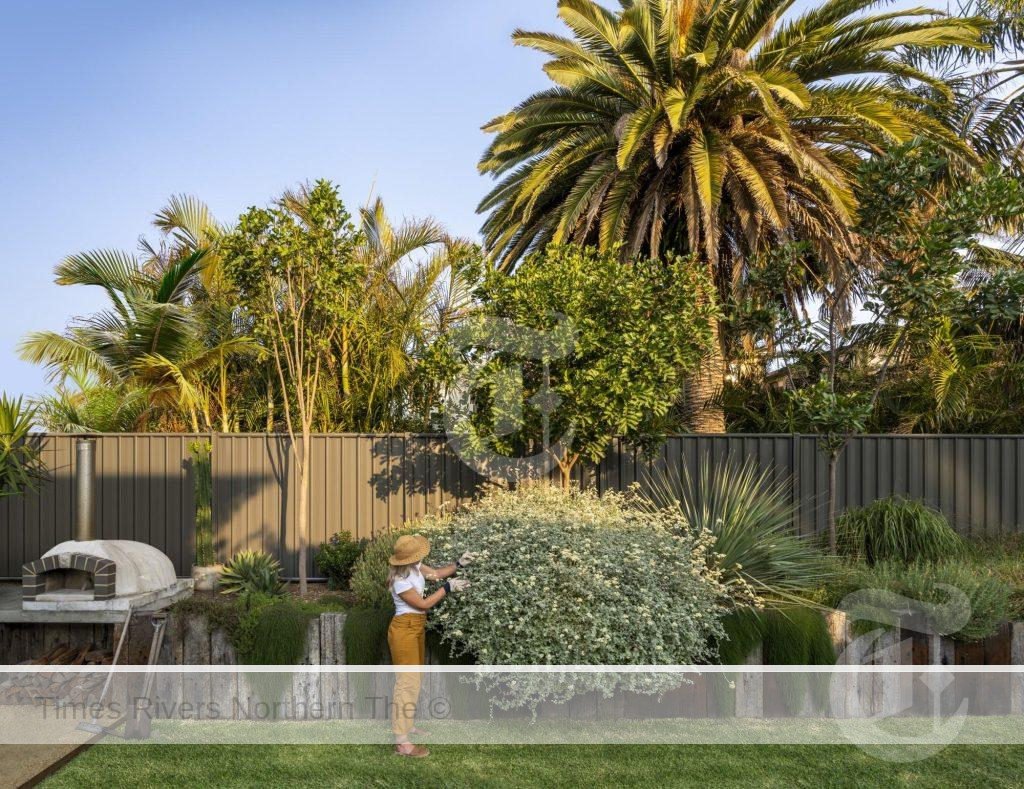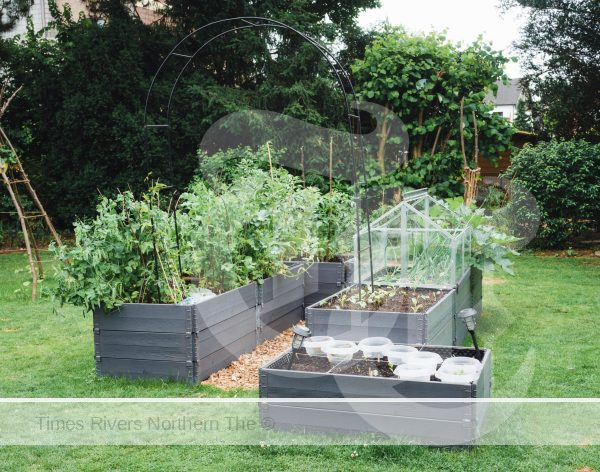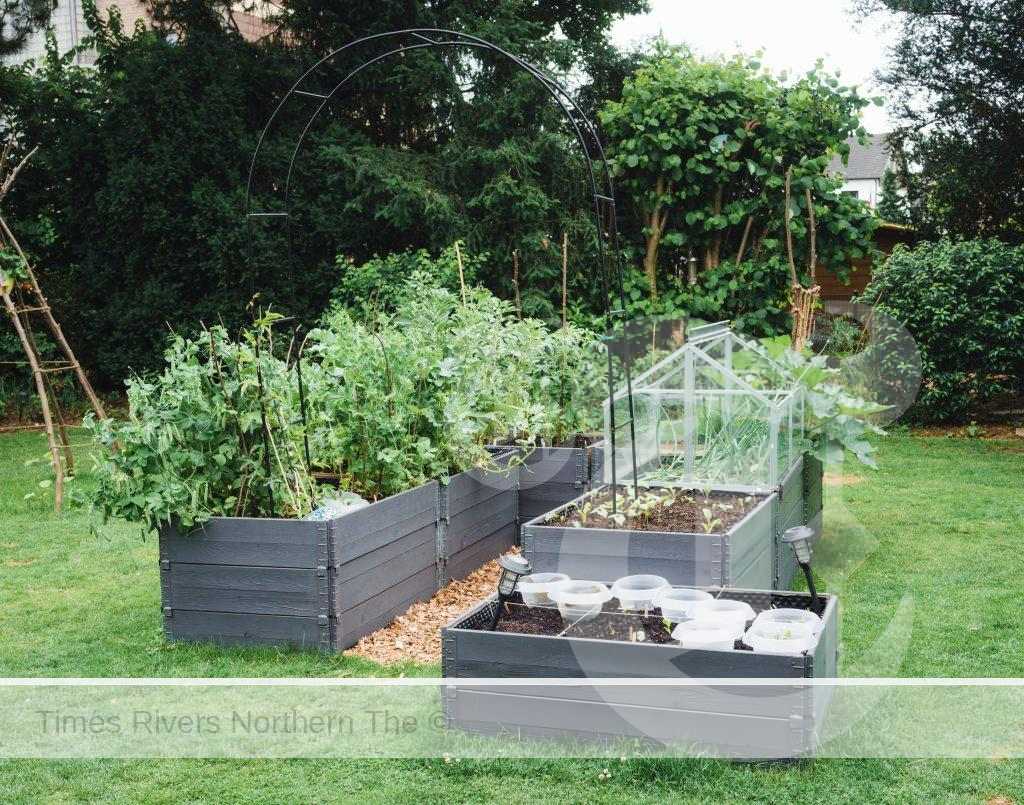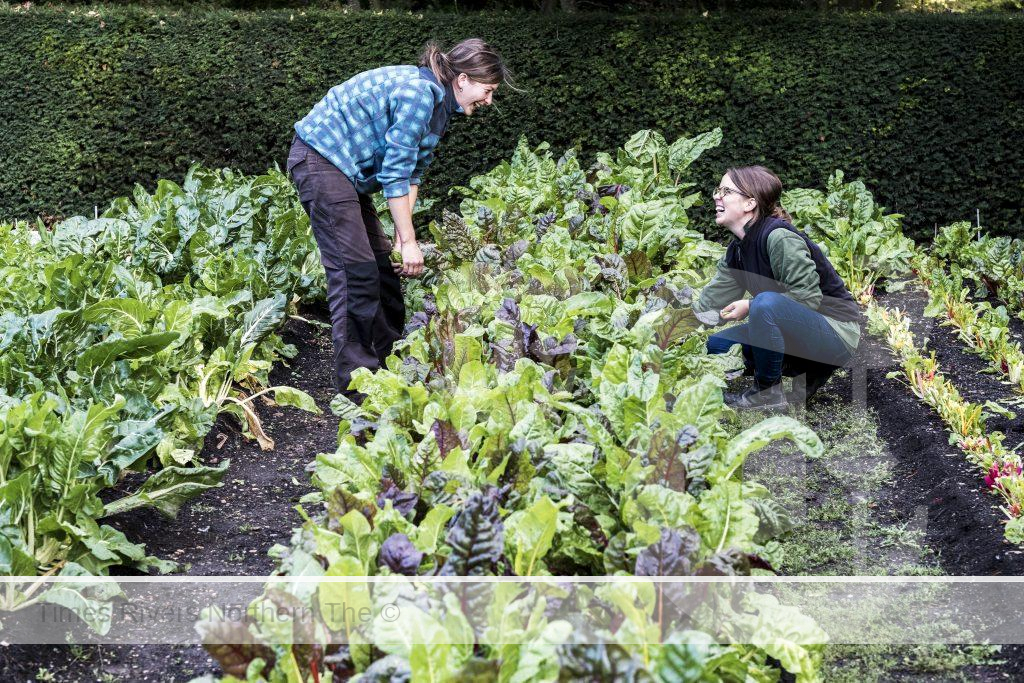Fencing Options for Your Garden
Fencing is an essential aspect of property design and management, providing privacy, security, and aesthetic appeal. In Australia, the diverse range of fencing options caters to various needs, from urban homes to rural properties. This article explores the most popular types of fencing available in Australia, detailing their benefits and applications.
Timber Fencing
Timber fencing remains a classic choice for many Australian homeowners due to its natural appearance and versatility. There are two primary types of timber fencing: paling fences and picket fences.
- Paling Fences are constructed from timber palings and are renowned for their ability to provide excellent privacy and noise reduction. They are a popular choice for backyard fencing, offering a solid barrier that can be painted or stained to match the surrounding landscape. The durability of timber, combined with its natural look, makes paling fences a favourite among those looking to create a private outdoor space.
- Picket Fences are iconic in their design, often associated with quaint, traditional homes. These fences feature evenly spaced vertical boards (pickets) attached to horizontal rails. While they do not provide as much privacy as paling fences, picket fences are prized for their decorative appeal. They are commonly used in front yards to create a charming and welcoming appearance.
Coloubond Fencing
Coloubond fencing has become increasingly popular in recent years due to its durability, low maintenance, and modern aesthetic. Made from steel coated with a durable, weather-resistant finish, Coloubond fences are available in a wide range of colours, allowing homeowners to match their fence to the colour scheme of their property.
One of the significant advantages of Coloubond fencing is its strength. It is resistant to corrosion, fire, and termites, making it an excellent choice for the Australian climate. Additionally, Coloubond fences provide a high level of privacy and security, as they are difficult to climb and create a solid barrier.
Chain Link Fencing
Chain link fencing is a versatile and cost-effective option commonly used for security, sports fields, and animal enclosures. Made from galvanised or coated steel wire, chain link fences are durable and provide good visibility while marking property boundaries.
Although not typically chosen for aesthetic reasons, chain link fencing is valued for its practicality. It is easy to install, requires minimal maintenance, and can be customised with various heights and mesh sizes to suit different applications.
Aluminum Fencing
Aluminium fencing offers a lightweight, rust-resistant alternative to traditional metal fences. Its versatility makes it suitable for both residential and commercial properties. Aluminium fences are available in a variety of styles and colours, allowing for customisation to match the property’s aesthetic.
One of the main benefits of aluminium fencing is its durability. Unlike iron, aluminium does not rust, making it an excellent choice for coastal areas or places with high humidity. Additionally, aluminium fences are easy to maintain, requiring only occasional cleaning to keep them looking their best.
Glass Fencing
Glass fencing is a popular choice for pool areas and patios, offering an unobstructed view and a sleek, modern look. It is available in frameless or semi-frameless designs, both of which provide a high-end finish to outdoor spaces.
The primary advantage of glass fencing is its ability to provide a barrier without blocking the view. This feature makes it ideal for pools, where safety is paramount, but maintaining the visual appeal of the surrounding area is also important. Glass fences are made from toughened safety glass, ensuring they are strong and durable.

Colorbond fencing – Photo by Colorbond
Wrought Iron Fencing
Wrought iron fencing is known for its decorative appeal and strength. Often used for gates and front fences, wrought iron adds a touch of elegance to any property. It can be customised with intricate designs, making it a popular choice for those looking to add a unique, artistic element to their home’s exterior.
Despite its aesthetic appeal, wrought iron fencing requires regular maintenance to prevent rust and keep it looking its best. However, its durability and the sense of grandeur it imparts make it a worthwhile investment for many homeowners.
PVC (Vinyl) Fencing
PVC, or vinyl fencing, is a low-maintenance option that offers a clean, uniform appearance. It is resistant to weathering, insects, and rot, making it a durable choice for various applications. PVC fencing is available in a range of styles, including picket, privacy, and rail fences.
One of the key benefits of PVC fencing is its ease of maintenance. Unlike wood, it does not require painting or staining and can be easily cleaned with soap and water. This makes it an attractive option for those looking for a hassle-free fencing solution.
Bamboo Fencing
Bamboo fencing is an eco-friendly option that provides a natural, tropical look. It is often used for gardens and decorative purposes, creating a unique and aesthetically pleasing barrier. Bamboo is a renewable resource, making it a sustainable choice for environmentally conscious homeowners.
Bamboo fencing is relatively easy to install and can be used to create privacy screens, garden borders, or even as an accent within other types of fencing. Its natural appearance blends well with outdoor environments, adding a touch of nature to any setting.
Rural and Farm Fencing
For rural properties and farms, specific types of fencing are necessary to contain livestock and mark property boundaries. Two common types are post and rail fences and barbed wire fences.
- Post and Rail Fences are traditional rural fences used to contain livestock. They consist of wooden or metal posts with horizontal rails and are valued for their simplicity and effectiveness.
- Barbed Wire Fences are another common choice for rural areas, providing a cost-effective solution for livestock control and security. The barbed wire acts as a deterrent to animals and intruders, making it a practical choice for large properties.
Brushwood Fencing
Brushwood fencing offers a rustic look and excellent soundproofing properties. Made from natural brushwood, this type of fence is often used for privacy and garden fencing. Brushwood fences are durable and blend well with natural surroundings, providing a seamless and organic barrier.
The variety of fencing options available in Australia ensures that there is a suitable choice for every need and preference. Whether prioritising privacy, security, aesthetics, or sustainability, Australian homeowners can find the perfect fence to enhance and protect their property.
For more gardening news, click here.

 Tweed Shire News2 years ago
Tweed Shire News2 years ago
 Motoring News1 year ago
Motoring News1 year ago
 COVID-19 Northern Rivers News3 years ago
COVID-19 Northern Rivers News3 years ago
 COVID-19 Northern Rivers News3 years ago
COVID-19 Northern Rivers News3 years ago
 Northern Rivers Local News3 years ago
Northern Rivers Local News3 years ago
 Health News3 years ago
Health News3 years ago
 COVID-19 Northern Rivers News3 years ago
COVID-19 Northern Rivers News3 years ago
 NSW Breaking News3 years ago
NSW Breaking News3 years ago





























